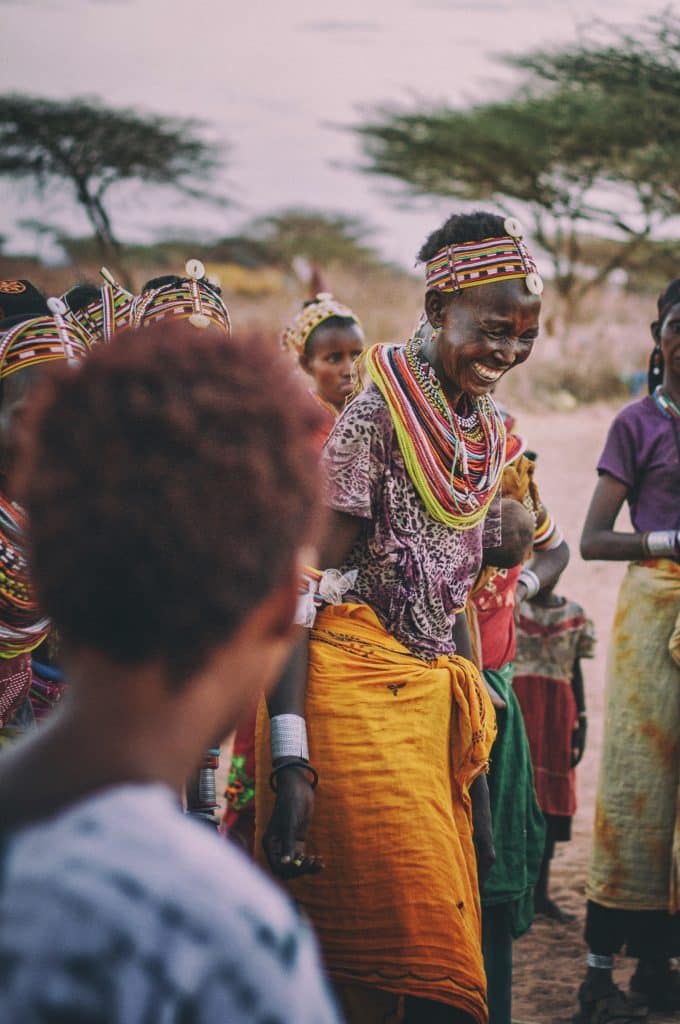
When we think of African fabrics, we often imagine colorful patterns of the tribal type, represented with bright and contrasting colors, from bright yellow to canary red, through turquoise blue, emerald green, as well as all the other colors. bright, without forgetting the white and the black.
In a previous article, we described a lot the history of Wax fabric, originating from the Island of Java in Indonesia and traditionally hand painted with liquid wax and dyes.
The technique was later reproduced and mechanized by the Dutch, more specifically by the van Vlissingers family, who established their Vlisco brand in Europe. Then, Holland spread the Wax fabric in West Africa by merchants who wanted to sell their balances of merchandise, now less popular. Given the enormous enthusiasm for this fabric in Africa, and less and less in Europe, producers and merchants increased their production volume to meet demand. Even today, hundreds of results can be found on Etsy and Amazon websites when searching for products with the keywords “African wax fabric”. Note that Wax fabric is also known as Kitenge, Ankara or Dutch Wax.
Apart from the Wax fabric, there are other styles! But the Wax fabric has had a great influence on the very identity of Africans, mainly from West African countries, therefore corresponding to Nigeria, Mali, Ghana, Ivory Coast, Senegal, in Cameroon, but also on the eastern side of the continent, namely in Tanzania, Ethiopia, Mozambique and Sudan.
Today, the Wax fabric is still very popular, but the patterns and fashion have evolved over time. Going by some research done, it seems that some companies have perfected themselves in a new modern African fashion, available online and even in North America.